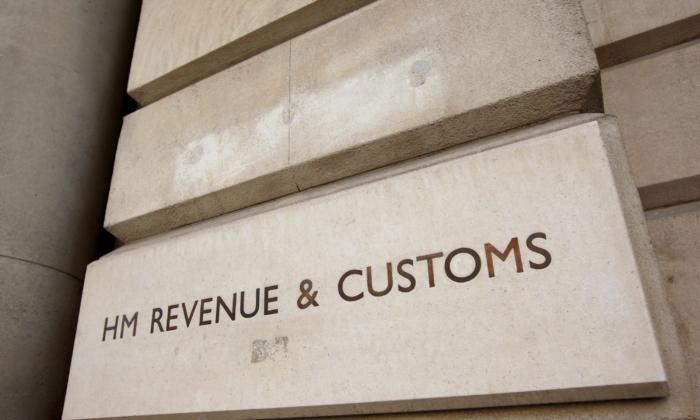Prime Minister Rishi Sunak is set to preside over the biggest tax increase since the Second World War, which he partly inherited from his predecessor Boris Johnson, according to the Institute for Fiscal Studies (IFS).
The economic research institute said forecasts show the UK’s average tax burden could have increased by around £3,500 per household by the next general election compared to the last.
While this Parliament oversaw the response to the COVID-19 pandemic, the global disaster is not the biggest contributor to the UK’s historical tax hike, the IFS said.
At the time of the last general election, around a third (33 percent) of the national income, measured by gross domestic product (GDP), went to the Treasury’s pocket. By the time of the next election, the tax burden is expected to rise to 37 percent of GDP, the highest proportion since the record on tax revenue began in 1948, the IFS said.
Based on current forecasts of GDP, the tax revenue is estimated to increase by over £100 billion next year, or around £3,500 more per household, the authors said.
Notable contributors of the increase include the rise in corporation tax from 19 percent to 25 percent, the energy profits levy, and the capturing of more people in higher tax brackets by freezing tax thresholds instead of letting them rise with inflation, according to the analysis.
The estimated rate of change during this Parliament (between the financial years 2019/20 and 2024/25), which is over 4.2 percent of the national income, is also the highest on record.
The second biggest tax hike has been by 2.9 percent of the national income during Labour’s first term under Tony Blair, followed by the Conservative’s first term under Margaret Thatcher, and the two Labour terms under Harold Wilson, according to the authors’ analysis of official figures.
The authors also compared the fluctuation rate with pre-1948 figures, which were on total revenues that included non-tax incomes.
Since 1900, only three parliaments during the two world wars had higher surges of total government receipts as a percentage of national income.
The analysis also shows that since the Conservatives took the key to No 10 after the financial crash, they have increased the tax burden at a much lower rate compared to the OECD average and the average of 15 comparable EU countries until Mr. Johnson’s administration reversed the trend.
Between 2008 to 2019, the UK’s tax burden increased by 0.2 percent of GDP while the OECD and the EU-15 averages were 1.2 percent and 1.5 percent, respectively, but between 2019 and 2021, the UK hiked the tax burden by 1.3 percent when the OECD and the EU-15 averages were 0.7 percent and 0.5 percent.
While the forecast for next year is subject to change owing to uncertainties in GDP forecast and government policy changes, it’s “beyond the realms of plausibility that any change announced in either the autumn or the spring will undo the tax increases over the parliament,” the authors said.
In relation to income taxes, the top 1 percent earned 12.5 percent of the total income while paying 29 percent of the taxes, and the bottom half of the earned 25 percent of the total income while paying 9.5 percent of the taxes.
The UK’s public debt stood at £2.6 trillion by the end of August or around 98.8 percent of the UK’s annual GDP.







